It is a silent, lonely landscape.
And, as I walked, slowly, down into the area known as the ‘Fairy Lochs’, I felt overwhelmed with sadness.
It was here, on June 13, 1945, that a plane carrying troops home at the end of the Second World War crashed.
All 15 people on board the aircraft – a crew of nine and six passengers – lost their lives.
Today, 80 years on from the tragedy, the crash site appears frozen in time.
Wreckage is scattered across a wide area – over a series of lochans and grassy mounds – and there’s a memorial plaque erected by the families of those killed.
Fairy Lochs crash site
The site at Na Lochan Sgeireach, known as the Fairy Lochs, is a designated war grave.
It’s a poignant reminder of the war, and a tribute to the fallen.
I visited the spot while I was on holiday near Gairloch, setting off from the tiny hamlet of Shieldaig, just a few miles away.
You can head there as part of a short, four-mile circular walk, or do as I did and carry on to remote Loch Gaineamhach, which turns it into a nine or 10-miler.
The paths are rough and can be extremely boggy and muddy: my feet were sodden within the first 20 minutes.
While the crash site is off the beaten track, it’s not hard to find, thanks to marker cairns and signs pointing the way.
There are superb views of distant hills at every turn, most of them dominated by the magnificent 875m Corbett of Baosbheinn, which translates, enchantingly, as ‘The Wizard’s Mountain’.
Passing several mirror-still lochans, the path skirts a heathery hillside, and descends to Lochan Sgeireach.
A tribute to the fallen
I paused on the hill before making my way down to the crash site, allowing two people already there the time and space to pay their respects.
It’s startling to see so much wreckage in situ.
Piles of mangled plane parts rest on the banks of the lochan, and random pieces of fuselage, landing gear, engines, and sections of wings, are strewn across the landscape.
A propeller sticks out of the water, as if resisting defeat, and another engine, speckled with moss, is partially submerged.
A memorial plaque fixed to a rock face reveals that the crew were mostly young men from the US, aged between 20 and 26.
Four of the six passengers were in their 20s, one was 30 – and the oldest was 48.
In front of the plaque stands one of the propeller blades. This is surrounded by ‘offerings’ from relatives, ranging from US flags to soft toys.
A cluster of bright yellow daffodils seem to symbolise a sense of hope.
Events leading to the crash
So, how did the crash happen?
The US Air Force B-24H Liberator – nicknamed Sleepy Gal Time – had taken off from Prestwick, intending to re-fuel in Iceland before continuing its journey home.
While flying north, the weather turned, and with poor visibility the plane clipped the top of the mountain, Slioch, losing parts of its bomb bay doors, and suffering severe damage to the undercarriage.
It’s thought the pilot, First Lieutenant Jack Ketchum, 20, then attempted to make an emergency landing, making several efforts to find a suitable spot.
However, on the final attempt, around 12 miles from Slioch, the aircraft slammed into the hillside of Sidhean Mor, which translates as ‘Big Fairy Hill’ – above the Fairy Lochs.
Could engine fire have caused crash?
The full story is not known, but the crash report suggested an engine fire could have been the cause of the plane being so low, initially.
It’s an absolute tragedy – and one that might have been avoided if Ketchum and his crew had waited to be repatriated by sea.
Just weeks before, they had been assigned to travel back to the USA by boat.
But when the B-24 – which had just been repaired – became available for a faster trip home, they understandably jumped at the chance.
Since the crash, the site has been treated with respect and reverence.
It hasn’t been looted by souvenir hunters, thankfully, and most of the wreckage has been left in place.
As it has been declared a war grave, it would be a crime to remove anything.
Where to next?
Leaving the site, I continued on a faint, boggy path marked by cairns sitting on rocky outcrops round the water’s edge.
This eventually leads down to Loch Braigh Horrisdale, and a recently-constructed hydro scheme track.
You can turn right here, passing Lochan Fuar, to return to the start.
But, keen for a longer expedition, I turned left and marched until I finally reached Loch Gainheamhach, the loch destined to become a hydro scheme.
I passed a gorgeous waterfall, and paused to take photos.
Perfect spot for picnic
The track petered out at the loch, and so after crossing a metal bridge, I sat down for a picnic.
Had I carried on, along the original, and much rougher track, I’d have reached Torridon.
But I didn’t have it in me to walk another six or so miles – plus I’d have had to come all the way back.
Instead, I simply enjoyed the stunning views – of mist-topped mountains, and glassy water.
I then trudged back down the glen to finally reach the outward route.
I was lucky enough to be staying in holiday accommodation nearby – so was within easy reach of coffee and shop-bought cake.
But there’s plenty of option for refreshments nearby, whether in Gairloch, or at the lovely Badachro Inn which counts Michelle Pfeiffer and Billy Connolly among diners.

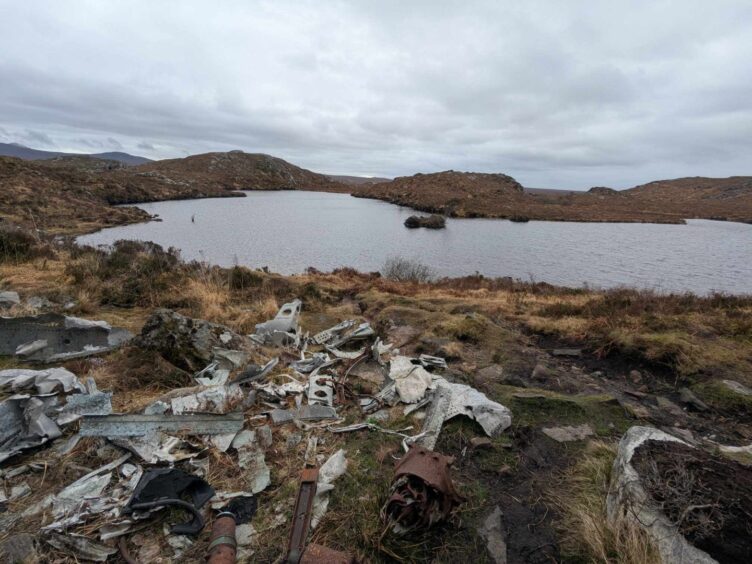
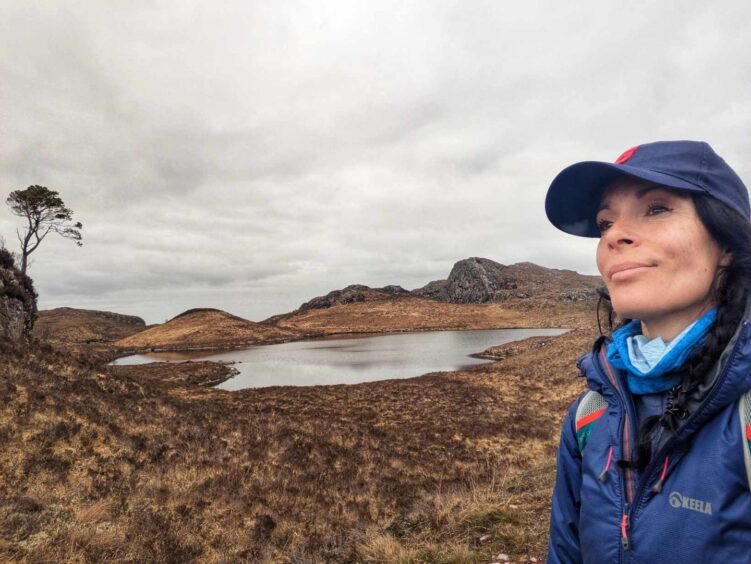
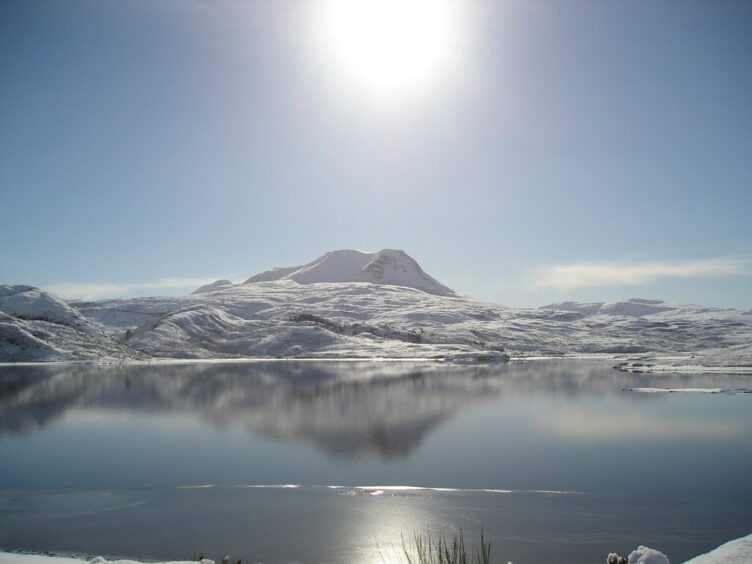
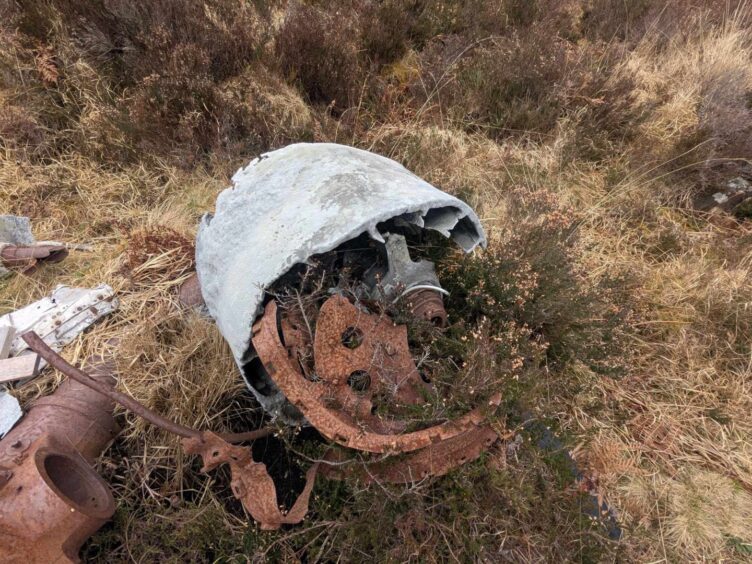
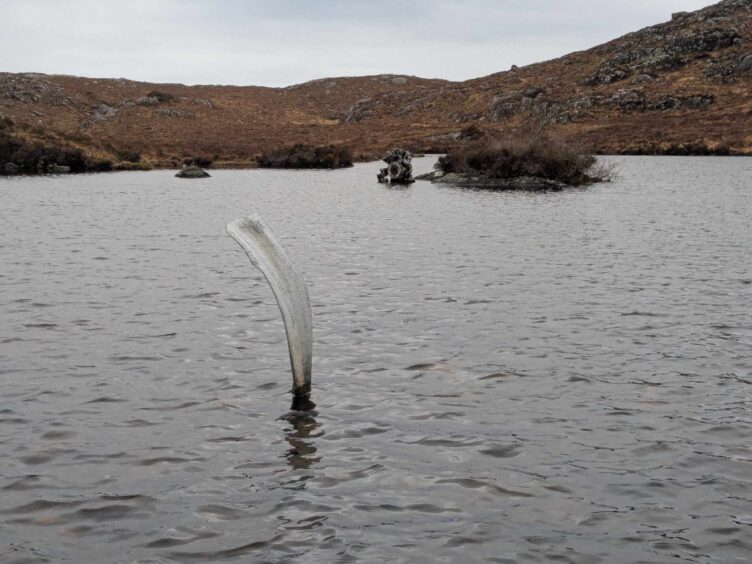
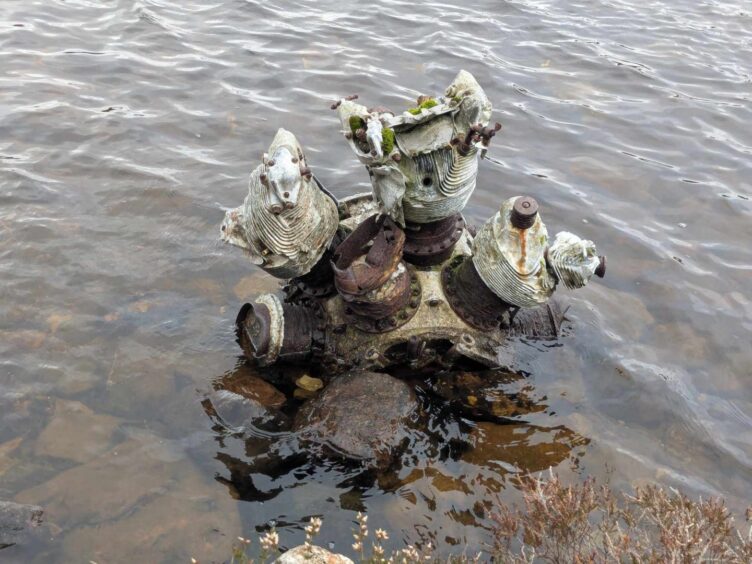
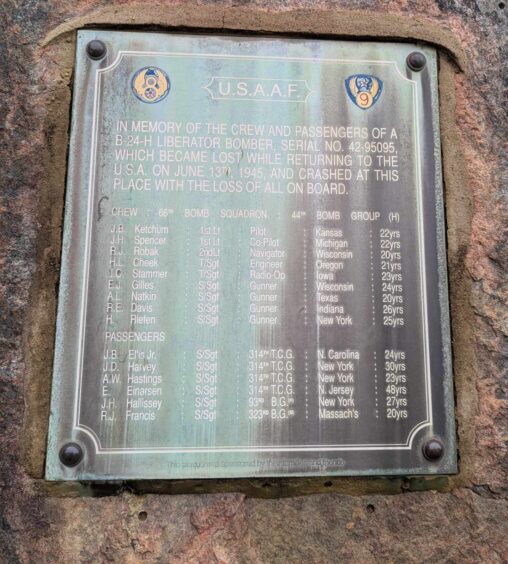
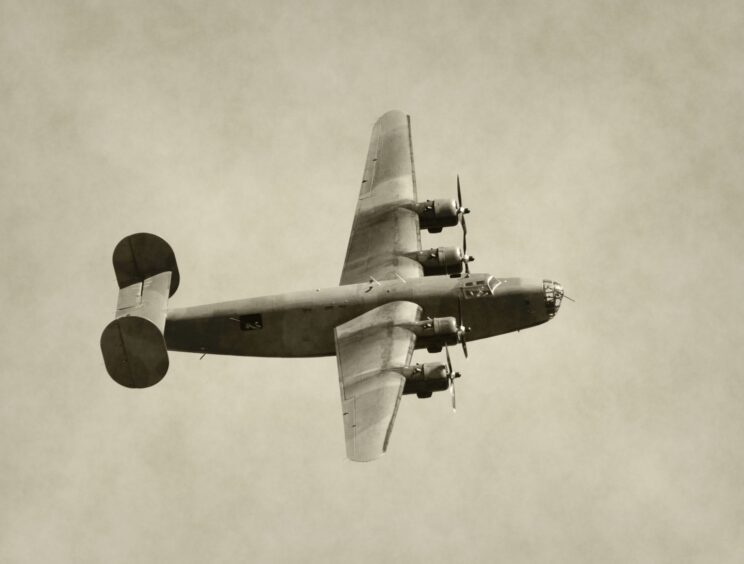
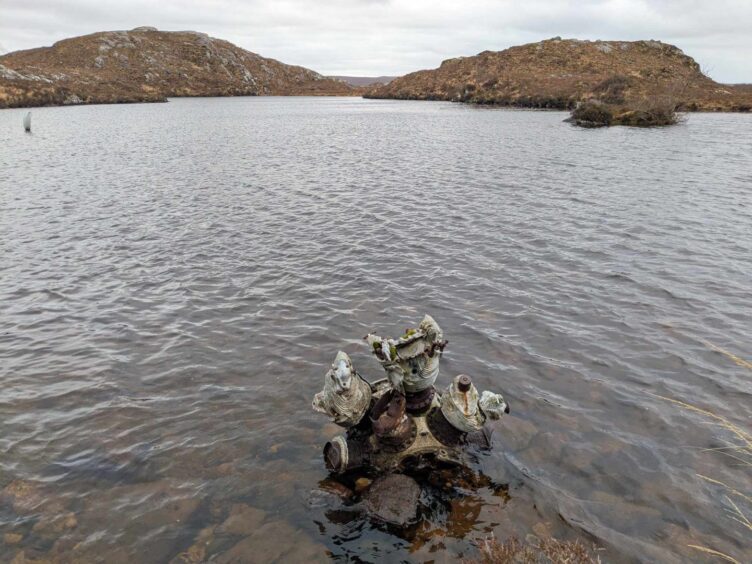

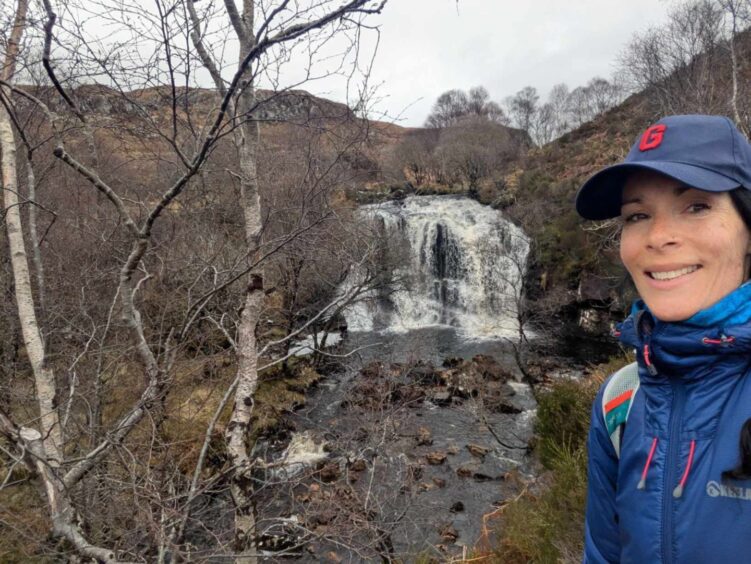
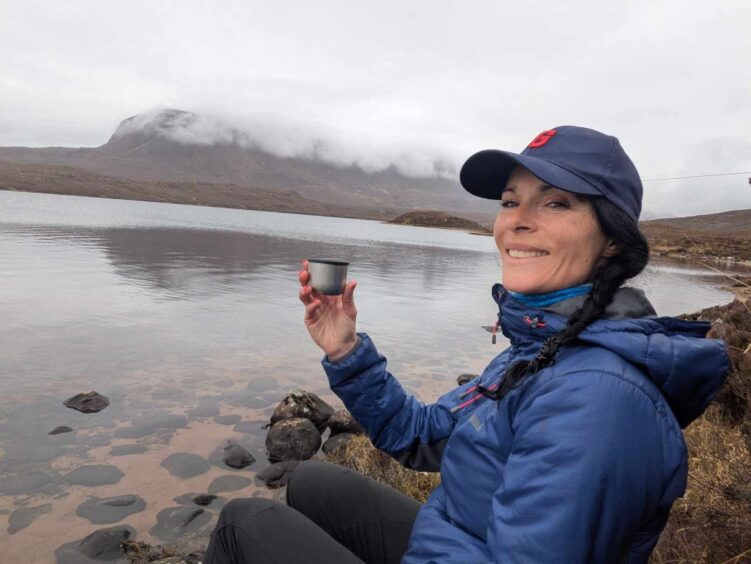
Conversation